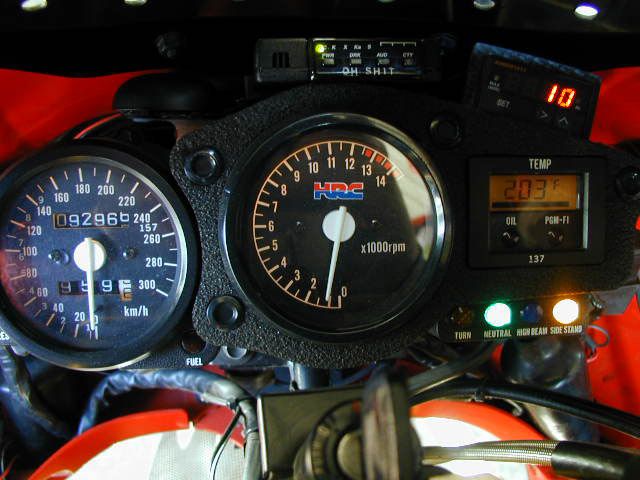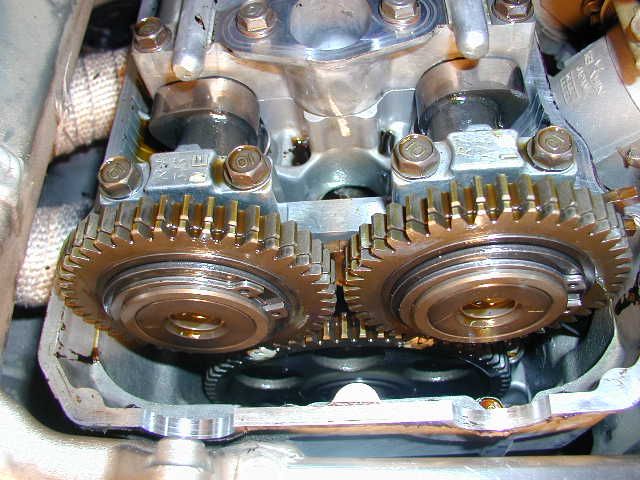This WOULD be true in a motor WITHOUT an oil pressure relief valve. Many Motorcyles "peg" the oil pressure relief valve at normal revs with just about any reasonable oil viscosity.Thus an increase in viscosity does NOT raise the pressure...it just drops the flow as the pressure relief valve opens.
Technically speaking thicker oils have more resistance than thinner
oils for all situations... The oil is thicker, has more internal
resistance and therefore requires more pressure to get the same flow
everything else being the same in my engine).
Quote BITOG
Increasing the pressure while using the same oil will
increase the oil flow but increasing the pressure by increasing the
oil thickness will result in less flow. It takes more pressure to move
a thicker oil. When you go to a thicker oil the pressure goes up
because of the increased resistance, and therefore reduction of flow.
Because the pressure is higher sooner, the relief valve cuts in
sooner. Flow will actually be less when the RPM is up and the flow is
needed the most.
“Pressure and flow are tied together with viscosity, but none have
anything to do with lubrication. Lubrication is a property of the
fluid, not the force. The oil pump would pump water just as well, but
it would offer no real lubrication. If we double the pressure, we
double the flow. If you decrease the viscosity to a lighter oil, you
increase flow at a loss of pressure. High flow helps to carry away
more heat. High pressure helps to keep metal parts like the bearings
out of contact with each other (scuffing).”
This increased flow will result in increased cooling by the oil. This
is a good thing. You would probably want more oil flow in these
situations and you get it. The hotter oil thins and this increases
flow. The higher flow works harder to separate the engine parts that
are under very high stress. It all works out for the better. Higher
revving engines need thinner oils. You do not necessarily need to go
to a thicker oil while racing. Only experimentation will tell.
The best way I could verify that my viscosity of choice is
within recommendations was to install a digital oil pressure
gauge and ride my bike in the real world conditions and note
if my oil viscosity gives 10 PSI per 1,000 RPM under both
winter and summer circumstances... so far 0W30 has passed that requirement... UOV is the next hurdle...







